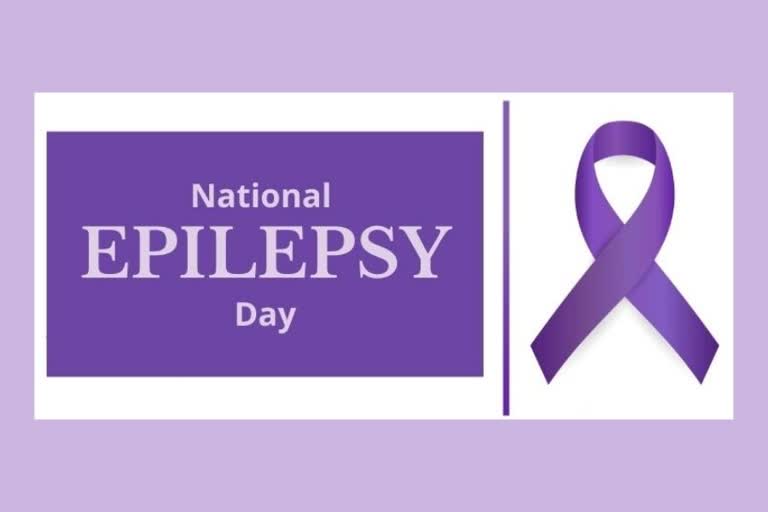According to the statistics provided by the Indian Epilepsy Association, in 2019, about 5 to 6 crore people were suffering from epilepsy worldwide. Whereas, if we look at other figures, around 1.20 crore people are victims in India itself. According to an estimate, per 1000 people, around 5-6 are suffering from epilepsy in our country. The World Health Organization’s (WHO) data states that every year about 2.5 million people become victims of this disease. Let us know a little more about this disease. It is estimated that up to 70% of people living with epilepsy could live seizure-free if properly diagnosed and treated. And, the risk of premature death in people with epilepsy is up to three times higher than for the general population.
What Is Epilepsy?
WHO explains epilepsy as a chronic non-communicable disease of the brain. It is characterized by recurrent seizures, which are brief episodes of involuntary movement that may involve a part of the body (partial) or the entire body (generalized) and are sometimes accompanied by loss of consciousness and control of bowel or bladder function. Seizure episodes are a result of excessive electrical discharges in a group of brain cells. Different parts of the brain can be the site of such discharges. Seizures can vary from the briefest lapses of attention or muscle jerks to severe and prolonged convulsions. Seizures can also vary in frequency, from less than 1 per year to several per day.
What Are The Causes?
According to the Centers for Disease Control and Prevention (CDC), epilepsy can be caused by different conditions that affect a person’s brain. Some known causes include:
- Stroke.
- Brain tumor.
- Brain infection from parasites (malaria, neurocysticercosis), viruses (influenza, dengue, Zika), and bacteria.
- Traumatic brain injury or head injury.
- Loss of oxygen to the brain for example, during birth.
- Some genetic disorders such as Down syndrome.
- Other neurologic diseases such asAlzheimer’s disease.
